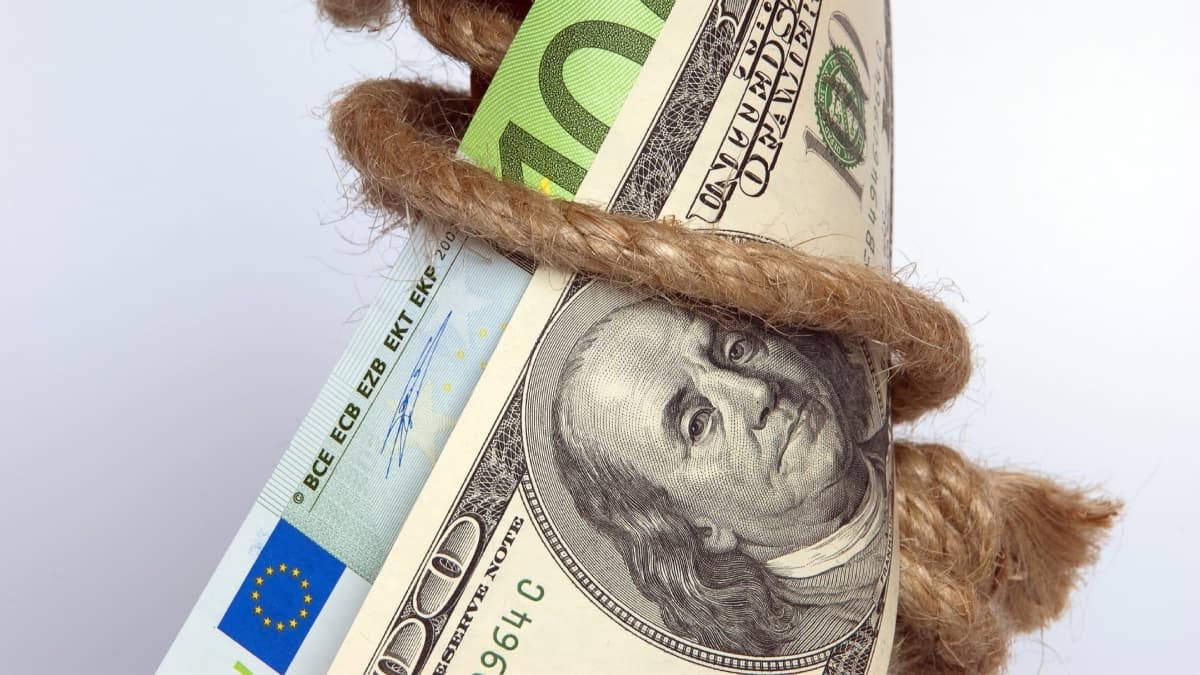Australian consumer confidence dropped to a six-month low in October as family finance pressures mount, despite unemployment remaining stable.
What’s happening: Consumer confidence fell 3.5% in October to 92.1 Consumer sentiment sinks back to six-month low | Westpac IQ, marking a six-month low as Australians reported worsening family finances. The decline follows a 3.1% drop in September, reversing gains made between May and August when the RBA reduced interest rates twice.
Why this matters: The sustained pessimism signals that cost of living pressures continue to constrain household budgets despite moderating inflation. This could affect retail spending during the crucial end-of-year shopping period and challenge the RBA’s economic forecasts.
Australian consumer confidence has slumped to its lowest level in six months as families grapple with persistent cost of living pressures and uncertainty around further interest rate relief.
The Westpac–Melbourne Institute Consumer Sentiment Index declined 3.5% to 92.1 in October Consumer sentiment sinks back to six-month low | Westpac IQ, following September’s 3.1% fall. The back-to-back declines have broadly erased the improvements seen between May and August when the Reserve Bank of Australia implemented two rate cuts.
Family finances deteriorate
The October decline was primarily driven by deteriorating sentiment around household finances. Expectations of family finances over the next twelve months dropped 10%, while reported developments in family finances over the past twelve months fell 4.8%.
“I think this reflects the important point that even with inflation moderating towards 2.5%, the cost of living (or of doing business) has not fallen,” says Ivan Colhoun, Chief Economist at CreditorWatch. “This remains an important constraint on budgets and provides some support to my contention that consumer spending has not picked up quite as sustainably as the RBA is currently interpreting.”
The sentiment data reveals consumers remain firmly in pessimistic territory, with the index sitting well below the neutral threshold of 100, where optimists and pessimists are equally balanced.
Unemployment holds steady
Despite the overall negative trend, one bright spot emerged from the survey. The unemployment expectations component improved, dropping 2.9% in October and now sitting broadly unchanged from a year ago.
“Low and broadly stable unemployment is an important underpinning of consumer spending and of households’ ability to service debt,” Colhoun notes.
This unemployment stability forms part of CreditorWatch’s new Economic Conditions Tracker, which Colhoun has been developing alongside inputs from family finances expectations and the NAB Survey’s profitability question. The confidence data suggests potential flow-on effects for business spending and employment as household sentiment shifts RBA rate cuts spark biggest confidence jump in 42 months of economic pessimism.
Shopping caution continues
As Australia enters its major seasonal shopping period, consumers remain cautious about purchasing major household items. This value-conscious approach could impact retailers’ peak season performance.
Interestingly, consumers continue to expect house prices to rise sharply, with the house price expectations index reaching a fifteen-year high, even as overall sentiment remains subdued.
Rate cut uncertainty
The RBA’s August economic forecasts assumed two further interest rate cuts would be required to sustain economic growth and maintain low unemployment. The persistent net pessimism among consumers appears to support that assessment.
However, Colhoun points to a potential complication: “The higher-than-expected August monthly trimmed mean CPI outcome will challenge the RBA’s ability to deliver this relief ahead of Christmas if these inflation trends are reproduced in the quarterly CPI at end October, which seems likely.”
The timing of future rate cuts remains uncertain, with the RBA holding its cash rate steady at recent meetings. This uncertainty, combined with ongoing cost pressures, appears to be weighing on household confidence even as employment conditions remain supportive.
For businesses, the sustained pessimism suggests consumers will likely remain price-sensitive and selective with discretionary spending in the months ahead.
Related reading:
- RBA rate cuts spark biggest confidence jump in 42 months of economic pessimism
- Aussie spending went wild in April… what’s the deal?
Keep up to date with our stories on LinkedIn, Twitter, Facebook and Instagram.

